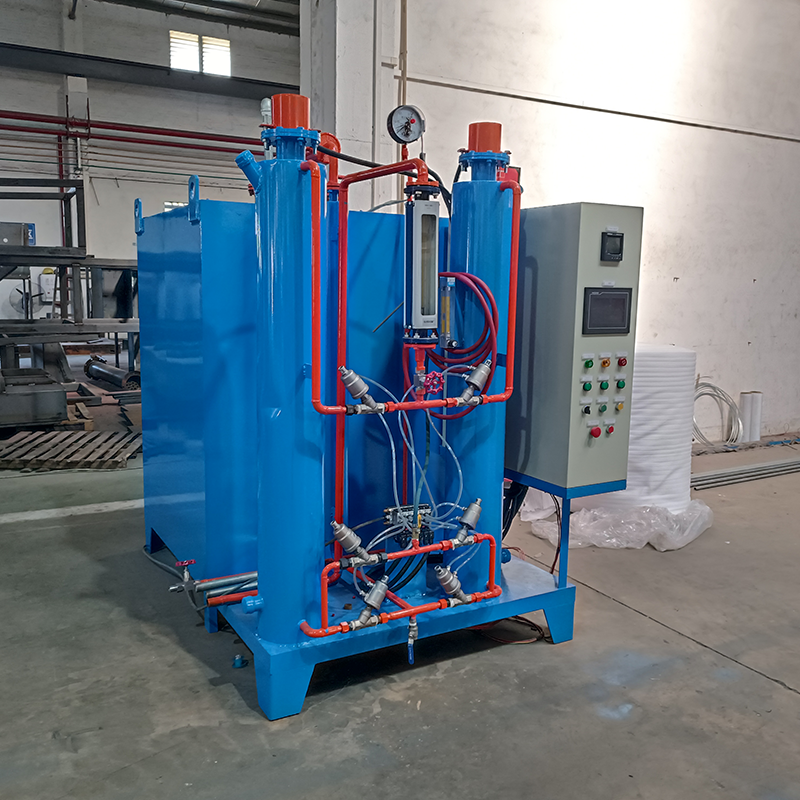Why is the use of an ammonia decomposition furnace necessary
Feb. 06, 2025
I. Working Principle
The working principle of an ammonia cracking furnace involves liquid ammonia being decompressed and then entering the furnace through a heat exchanger. Inside the furnace, at temperatures ranging from 800°C to 850°C and with the help of a nickel-based catalyst, the ammonia decomposes. The high-temperature gases produced from the decomposition process then return to the heat exchanger to exchange heat with gaseous ammonia, thereby cooling the decomposition gases. The resulting mixture is primarily composed of 75% hydrogen and 25% nitrogen.

II. Product Characteristics
The hydrogen-nitrogen mixture produced by an ammonia cracking furnace boasts several advantages:
1. High Purity: After purification, the dew point of the gas can be reduced to below -60°C, and residual ammonia can be decreased to below 3PPM, meeting the requirements of numerous high-precision industrial applications.
2. Impurity-Free: The obtained gas contains minimal impurities (with approximately 2 grams per cubic meter of water vapor and about 1000ppm of residual ammonia). Further purification can be achieved through a molecular sieve adsorption purifier.
3. Energy-Efficient: The ammonia cracking furnace preheats ammonia using the thermal energy of the decomposition gases, contributing to energy savings. Additionally, the process is mature, the structure is compact, and operation is straightforward.
III. Extensive Application Fields
The hydrogen-nitrogen mixture produced by an ammonia cracking furnace has widespread applications in various industrial sectors:
1. Bright Annealing Protection Gas: In the bright annealing process of materials such as sheet and strip metals, wires, coiled pipes, and standard parts in the ferrous and non-ferrous metals as well as machinery industries, the mixture produced by the ammonia cracking furnace is used as a protective gas to prevent material oxidation.
2. Powder Metallurgy and Sintering: It is used in sintering processes for powder metallurgy, tungsten-molybdenum materials, carbide alloys, electronic materials, etc., providing the necessary atmosphere and conditions to facilitate sintering and shaping of materials.
3. Sintering of High-Temperature Refractory Materials: It provides the required temperature and atmosphere conditions for the sintering process of high-temperature refractory materials.
4. Reducing Gas in the Chemical Industry: In the chemical industry, the mixture produced by the ammonia cracking furnace can be used as a reducing gas to participate in chemical reactions and facilitate chemical processes.
Furthermore, the applications of ammonia cracking furnaces have expanded into fields such as environmental protection, biotechnology, energy, and electronics, providing important raw materials and gases for industrial production and scientific research in these areas.
In summary, due to its unique working principle, high-purity products, and extensive application fields, the ammonia cracking furnace has become an important industrial equipment.









